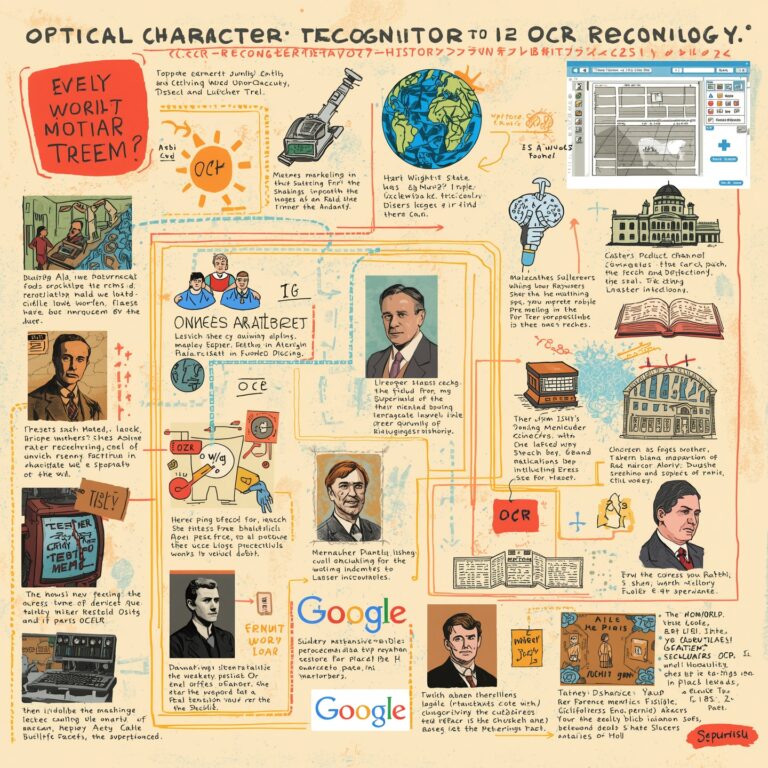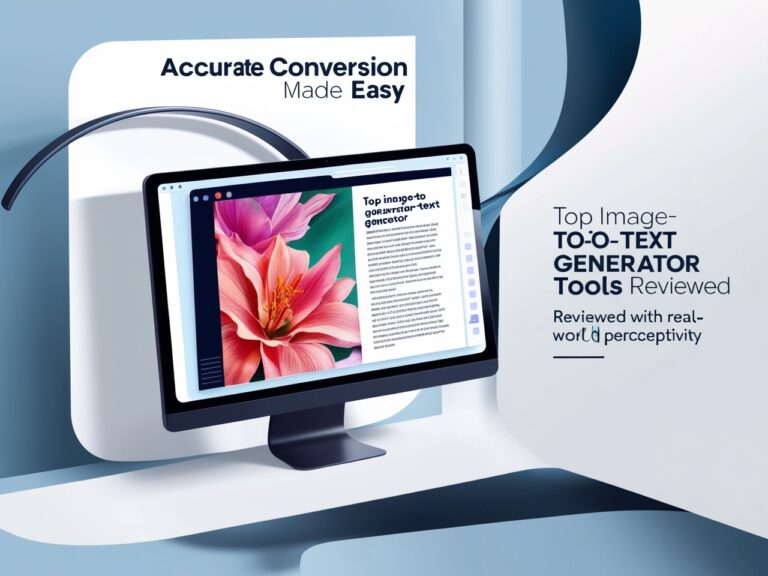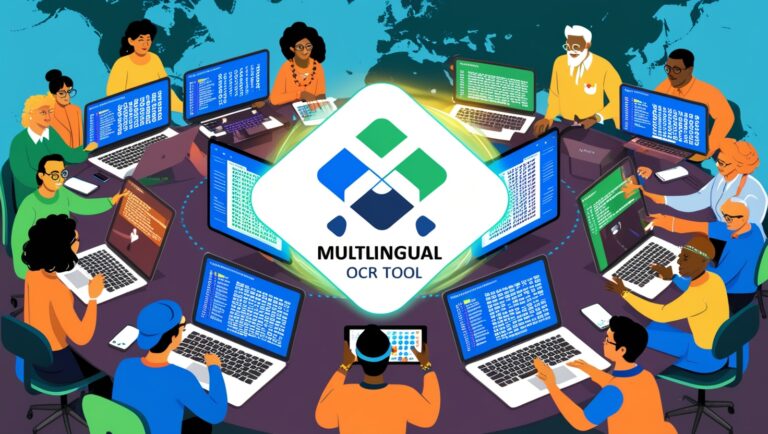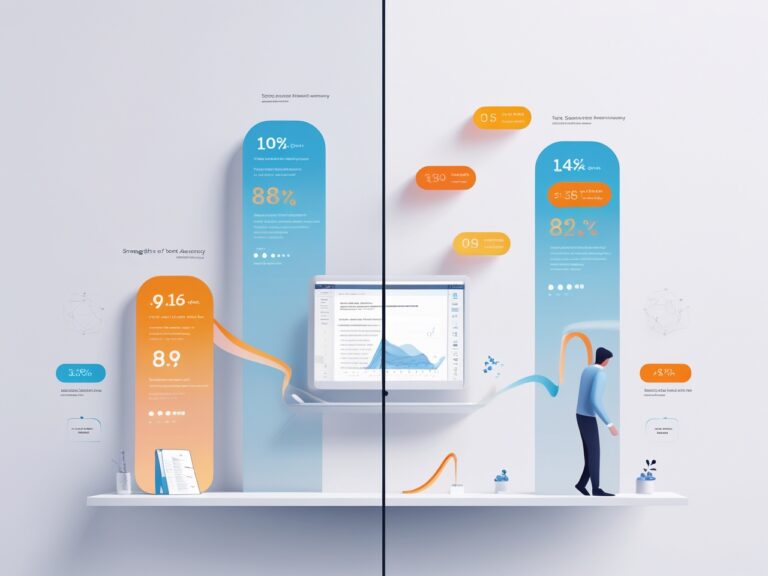How Journalists Use Image to Text Tools to Save Reporting Time
Why Journalists Need Fast Note Conversion Tools
When I started managing a newsroom team, I saw how much time was lost just typing out interview notes, press releases, or scanned handouts. Reporters often took photos of notes on paper, whiteboards, or even blurry press kits. Then they spent hours typing everything out again. That’s when we discovered the power of image to text tools, also known as Optical Character Recognition (OCR). These tools changed how fast and efficiently we worked.
According to Adobe, OCR tools can recognize text from images or scanned documents and turn them into editable text. This means no more typing from scratch, even if the original file is a photo.
What Is OCR and How Does It Work for Reporting?
OCR stands for Optical Character Recognition. It’s a smart technology that scans a photo, finds the letters and words in it, and converts them into digital text. Reporters can use OCR to grab notes from a notebook photo or turn a flyer into text without writing it all over again.
Some free tools like Google Keep or Microsoft OneNote let you do this directly from your phone. Just snap a photo, let it process, and copy the text instantly.
Benefits of OCR for News Teams
Here’s what we noticed when using OCR in our newsroom:
- Faster turnaround time for stories
- Less manual typing means fewer mistakes
- Easier to search and store notes digitally
- Works well with foreign languages or printed material
- Great for field reporters who don’t always have laptops handy
Common Scenarios Where Journalists Use Image to Text

Interview Notes to Article Drafts
Imagine you just finished a long interview, and you have scribbled pages of handwritten notes. With image to text software, you can snap a photo and have the text ready for editing within seconds. This helps especially during tight deadlines.
Converting Press Kits and Flyers
Sometimes we receive press kits that are printed and not digital. Instead of typing them out, we scan them into editable text using tools like Adobe Acrobat OCR.
Translating Foreign Language Documents
OCR tools can also help translate documents. For instance, Google Translate has OCR built in. You take a picture, extract the text, and then translate it. This is very useful for covering international stories.
Table: OCR Tools Used by Journalists and Their Features
| OCR Tool | Best Use Case | Free or Paid | Notable Feature |
| Google Keep | Quick mobile note scans | Free | Syncs with Google Docs |
| Adobe Acrobat OCR | Professional PDF and image scanning | Paid | High accuracy and multi-page scan support |
| Microsoft OneNote | Personal and team note organization | Free | Built-in OCR from inserted images |
| ABBYY FineReader | Advanced document processing | Paid | Supports 200+ languages |
| OnlineOCR.net | Quick single file conversions | Free | No software install needed |
How OCR Helped Our Reporters in the Field
During election season, our reporters were sent to remote polling stations. One of them, Sarah, had poor network access and had to jot down vote counts on a whiteboard. Instead of retyping everything, she took a picture and used OCR to convert it to text. This saved her 40 minutes—and allowed us to publish accurate results quickly.
How Much Time Can You Save Using OCR?
Studies show that OCR can reduce manual transcription time by over 60%. Based on our own experience, a typical two-page scan used to take 20–30 minutes to type manually. With OCR, the same work now takes under 5 minutes, including quick edits.
If you want to explore more real-time OCR features, you can try the live text recognition in apps like Google Lens. These apps even let you copy text from signs or notebooks directly into your notes app.
How Journalists Use Image to Text Tools to Save Reporting Time

How Image to Text Tools Handle Foreign Language Content
One of the best things I’ve seen as a manager is how modern OCR tools help journalists dealing with foreign documents. Reporters who work with international news often receive images in languages they don’t speak. With the help of multilingual OCR software like ABBYY FineReader, they can extract text from images in over 190 languages. Some tools also offer auto-detection and translation.
I once worked with a journalist covering stories from Eastern Europe. They used OCR to pull text from scanned Russian newspaper clippings, then translated the text with tools like DeepL or Google Translate. This saved them hours of transcription and helped them meet publishing deadlines more easily.
Comparing OCR Tools for Journalistic Use
When you’re deciding which tool to recommend or use in the newsroom, a side-by-side comparison can help. Here’s a simple table I created for my team:
| OCR Tool | Best Feature | Limitations | Price Range |
| Google Keep OCR | Fast mobile extraction | Only works with image notes | Free |
| Adobe Scan | High-quality text capture | Requires Adobe ID | Free / Paid Plan |
| Microsoft OneNote | Works across devices | Limited formatting options | Free |
| ABBYY FineReader | Accurate multi-language support | Paid tool, heavier on resources | Paid |
| Tesseract (Open Source) | Highly customizable | Requires coding knowledge | Free |
Each of these tools serves a unique purpose. If you’re focused on mobile journalism, apps like Adobe Scan or Google Keep are ideal. If you need bulk processing with precise formatting, ABBYY or Tesseract might be a better fit.
Privacy Concerns When Using OCR
Journalists often handle sensitive data, so privacy must be top priority. As a manager, I always advise the team to avoid uploading confidential images to unknown web-based OCR tools. Instead, we rely on tools like Tesseract OCR or desktop-based apps that don’t upload data online.
For extra protection, some reporters use OCR software inside virtual machines or encrypted drives. This makes sure that even if a device is lost, sensitive data won’t be exposed. Mozilla’s privacy guidelines offer great tips on which tools protect your information well.
Why Real-Time OCR Is a Game Changer in Field Reporting
Field journalists sometimes don’t have the luxury of time or internet. That’s why real-time OCR has become such a powerful tool. Apps that offer offline OCR can scan, extract, and display text within seconds—no Wi-Fi required.
For example, I recall working with a local news reporter who needed to quickly share the contents of a leaked document at a protest. They used an offline OCR app to grab the headline from a photo and tweeted it live. That speed can define who breaks the news first.
Mistakes to Avoid When Using OCR in Journalism
From my experience, here are common mistakes journalists should avoid when using OCR tools:
- Using blurry or poorly lit images: This lowers accuracy. Always take clear, well-lit shots.
- Ignoring formatting: OCR may miss columns or footnotes if the document has complex layouts.
- Not proofreading: Even top tools make errors. Always check your extracted text before publishing.
- Using unverified tools: Some free OCR tools may sell or misuse your data. Always check reviews and terms.
Conclusion: A Must-Have Tool for Modern Journalists
OCR is no longer just a nice-to-have. For journalists, it’s a core tool that saves time, boosts accuracy, and increases productivity. As someone who manages both new and seasoned reporters, I can confidently say that introducing image to text technology has made a massive difference in how we handle news gathering, especially in time-sensitive situations.
From transcribing interviews to translating foreign sources and making whiteboard notes editable, OCR tools have quietly revolutionized digital journalism. If you’re a journalist or managing a reporting team, don’t ignore this powerful shortcut.






